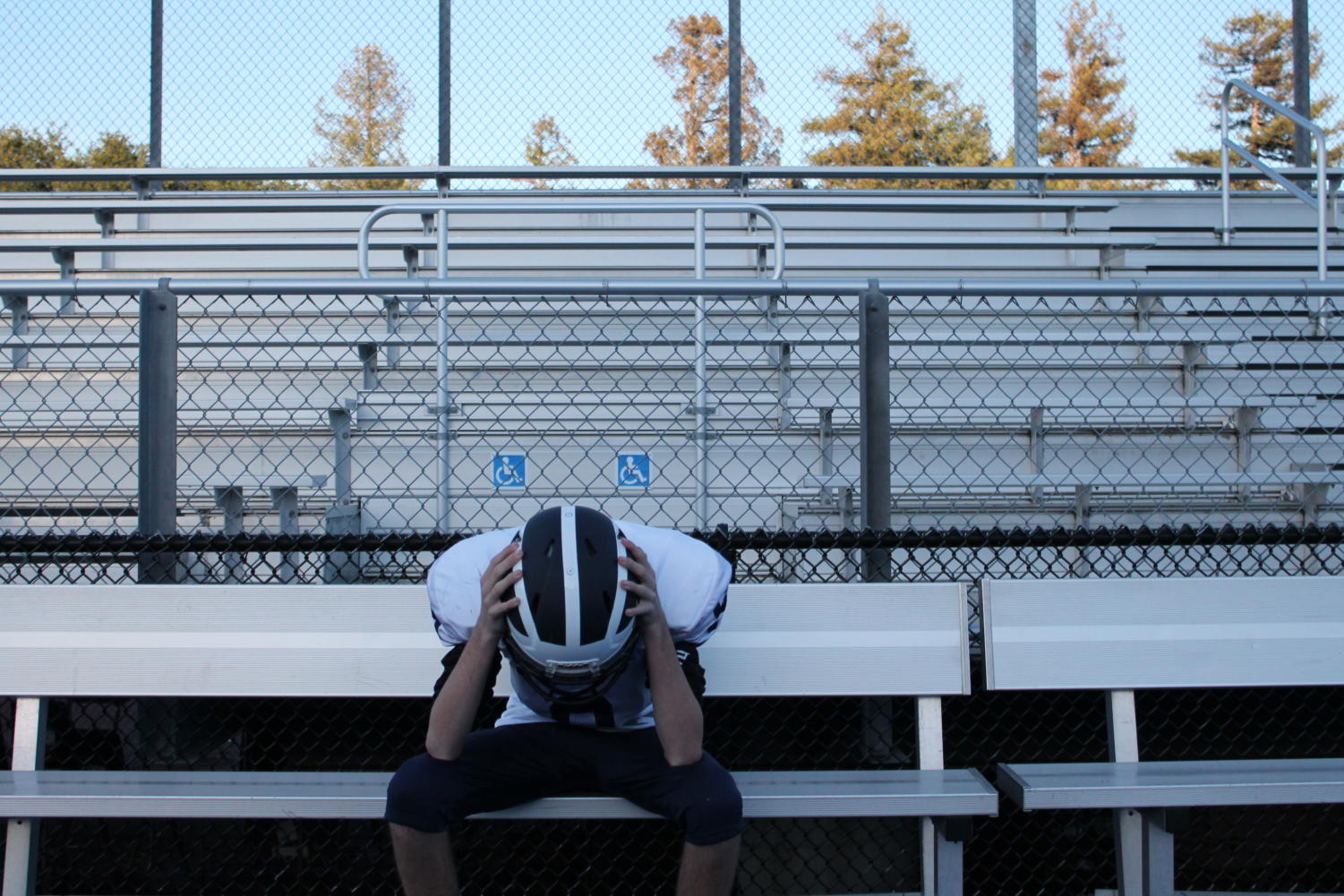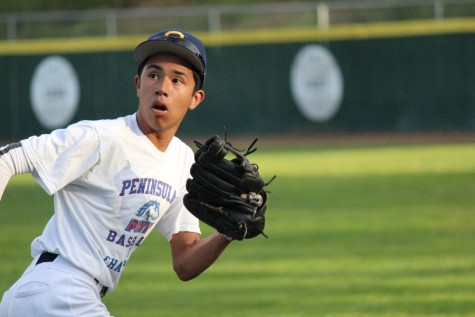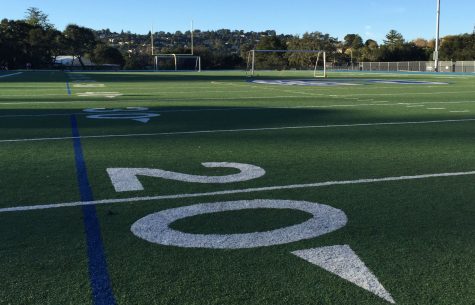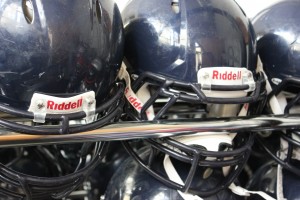The stage has been set. The shine of the floodlights drapes your surroundings as you and your teammates walk through the field. The smell of grilled burgers and hot dogs hit your face, and you feel all of your troubles fading away. Four years of hard work have come down to this. As the ball soars high into the air and falls gracefully into your arms, you feel invincible.
That is, until you lower your head and meet with your opponent head-on.
Concussions can only take seconds to occur, but they may have a lasting impact. A study by the University of Pittsburgh Medical Center found that two in 10 high-school athletes who play contact sports — including soccer and lacrosse — will suffer a concussion every year.
Awareness of the impact of concussions and the proper treatment for them have caused many to turn their eye to the concussion scare. However, it is important to take in the facts of the recovery process when making a well-informed decision for oneself.
A concussion is a type of traumatic brain injury (TBI) caused by a traumatic force to the head or upper body, making the brain shake inside of the skull. According to the Texas A&M University Health Science Center, concussion symptoms include nausea, confusion on the field, loss of consciousness, amnesia, and changes in mood or behavior.
What worries students and parents alike is the detrimental effect it can have on young minds. A student suffering from a concussion often sees school work become increasingly difficult.
“I couldn’t look into the light or be near any loud noises when I got my first concussion. It hurt my head, and I couldn’t focus at all. I was angrier as well. I felt that I couldn’t control my emotions that well at all,” sophomore Mairwyn Forster said. “It was just frustrating not being able to focus.”
Forster has suffered two concussions playing soccer. While she said that she had trouble with school work in the first couple of weeks after the shock, there were no long-term effects.
According to Dr. Madhu Voddi, while mild concussions happen frequently with no long-term impact, one does has a higher chance of getting a concussion a second time.
“There is no set timetable for when a concussion is fully resolved. Generally, a patient would feel nausea and have trouble focusing on some things. As far as we know right now, the longer term [effects] seem to be when you don’t get the milder ones fully resolved, and you get a repetitive injury there,” Voddi said.
Maile Siefert, a senior, offered a prime example of how a concussion can turn into something much more severe if left unresolved. Siefert has sustained three total concussions and suffered from multiple relapses after going back into karate too early.
According to Siefert, when she was a freshman, she sustained two significant blows to the head when going against another girl. To avoid disqualification, Siefert decided to go back into the tournament. Looking back at it now, Siefert regrets going back into the competition.
“Choosing to go back into karate too early was one thing that carried throughout the entirety of my concussions. I would go back into karate too fast, and then I would relapse, thus re-concussing myself,” Siefert said.
As a result of the recurring concussions, Siefert, who describes herself as an A-student, quickly saw academics become a problem. Her inability to focus as well as her sensitivity to light contributed to her grades sliding down to C’s.
“Given that I got [my concussion] during the first semester, my teachers didn’t know how well I could perform. So as soon as I couldn’t concentrate or I wasn’t coming to class because I physically could not go, they had to assume that is just how I act,” Siefert said.
According to Siefert, the most frustrating thing about concussions is the inability to do simple tasks. When she sustained her concussion, Siefert said that even looking at the board felt impossible.
“It was very upsetting to me that I couldn’t perform as well as I knew that I could. It was not a lack of motivation that caused it; it was just that I physically couldn’t do it. I couldn’t read because I couldn’t get my eyes to focus on the page, and lights were so painful to my eyes that I usually closed them,” Siefert said.
Siefert still experiences effects from her concussion three years ago.
“I can’t stand lights anymore, and my memory has also gotten a lot worse. The most significant long-term effect I have to deal with is that I have to wear glasses now,” Siefert said.
While long-term impaired vision after a concussion may seem surprising, it is quite common. The study “Vision Diagnoses are Common After Concussion in Adolescents,” revealed that out of the 100 adolescents they tested, 69 percent were also diagnosed with a vision problem.
However, Seifert has persevered through the obstacles she had to face with concussions and continues to practice karate.
Given the typical frequency of concussions, as well as knowing that the recovery process is the key to warding off long-term effects, schools have adequate procedures for students suffering a concussion.
Athletic director Patrick Smith knows that while student injuries are inevitable, having a well thought out procedure is crucial to a student’s recovery process.
“If a player is thought to have had a concussion, they would be immediately pulled out of the game and get checked out by the athletic trainer. If the trainer thinks it’s a concussion and if a doctor then diagnoses it, the athlete cannot return to practice until [they are] symptom-free,” Smith said.
According to Smith, even when students are symptom-free, they have to go through a specific amount of procedures called the return to play protocol.
“The first step is just a very light activity, then moderate activity with minimal contact, and then a full practice. If the student goes through a full practice with no symptoms or signs of a concussion, the athletic trainer would then return them to the doctor in which he or she would need to clear the student for play,” Smith said.
Both Voddi and Smith acknowledge that this recovery process has been shown to help students experience less long-term effects and get back into shape.
Although the process helps athletes significantly, it was built on a reactionary impulse. Sports need to adapt to the threat of concussions by establishing and enforcing rules that can help reduce the risk of obtaining one.
With its brutal hits and tackles, football is one of the most tenacious sports in high school. According to a study conducted by the University of Pittsburgh Medical Center, at least one player sustains a mild concussion in nearly every American football game. However, with the increased spotlight on concussions, high school football has incorporated rules expected to lower the chances of a concussion significantly.
“High school football has implemented new regulations to limit the number of hours of contact coaches can have during a week of practice, which will decrease the number of opportunities a student can sustain a concussion. Tackling without your helmet was also a huge thing that football has implemented to decrease the chances [of getting a concussion],” Smith said.
While sports administrators are trying to minimize the occurrence of head injuries, it is near impossible to be completely risk-free of suffering a concussion. However, without risk, there is no reward, and many athletes find sports beneficial to their overall well-being and happiness.
“There is no doubt in my mind that I would never give up karate. I loved the place too much to care if people were telling me that I shouldn’t go back. [Karate] has given me the leadership skills, the work ethic, the respect, and the discipline to help me succeed in life. Every good quality I have has come from this sport,” Siefert said.
Other athletes, such as sophomore John Ahn, who suffered a concussion while playing soccer, also remain adamant in their beliefs that sports can help improve one’s life.
“You have to be cautious of suffering a concussion and be aware of what the long-term effects of a concussion can do to you. However, sports are invaluable; they can teach you a life lesson in an instant,” Ahn said.
Deciding whether or not to quit a sport due to a head injury may be hard. It is a choice that many athletes will have to deal with, and it is a decision that will never come easy.
“If your sport is something that is inevitably part of your life, use that as your motivator,” Siefert said. “If sports is something you love to do, do what it takes to get better, and come back into your sport even stronger and more determined.”





